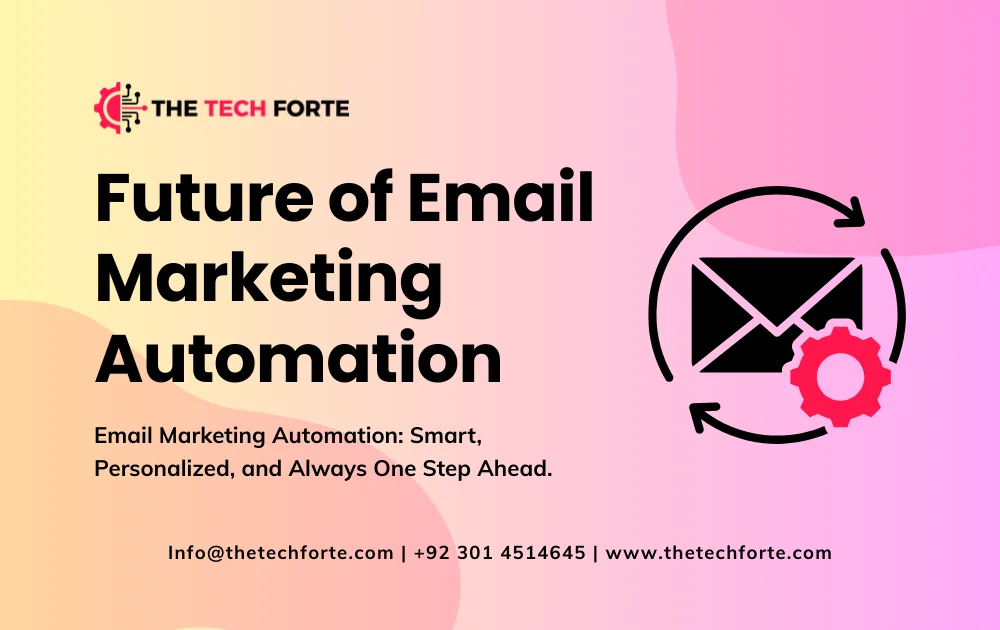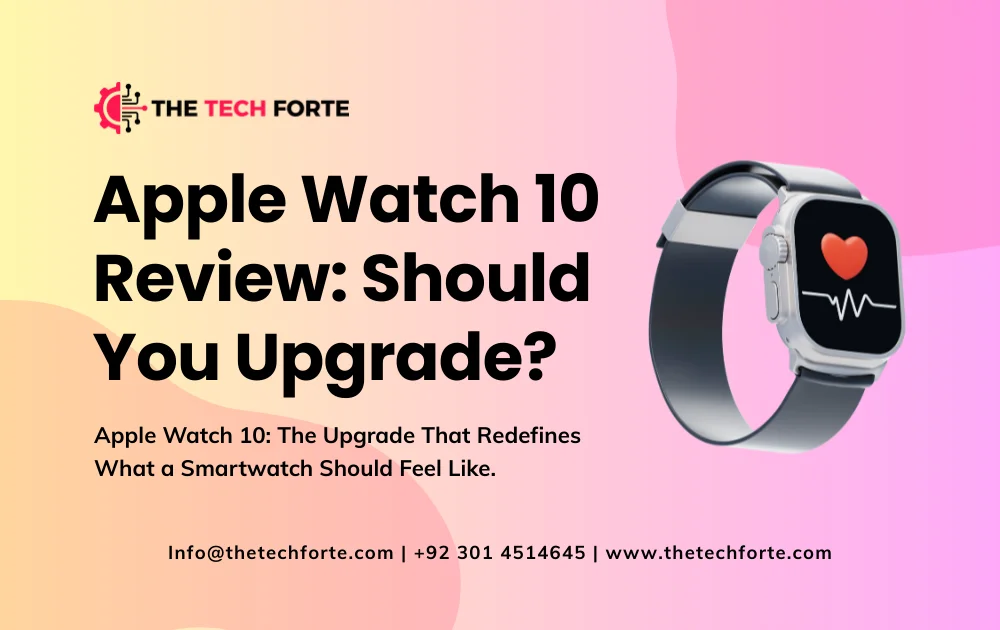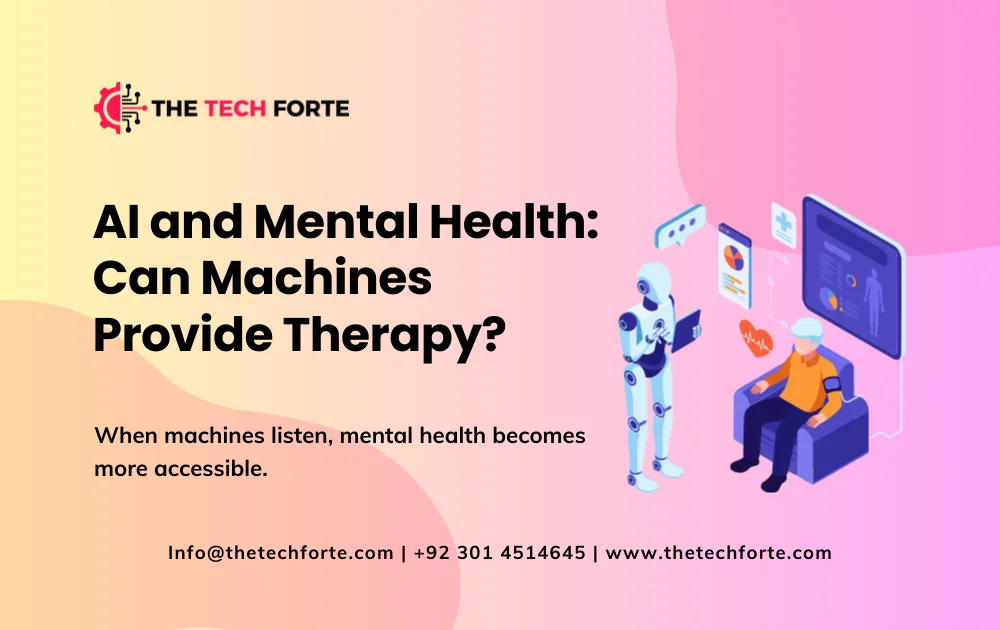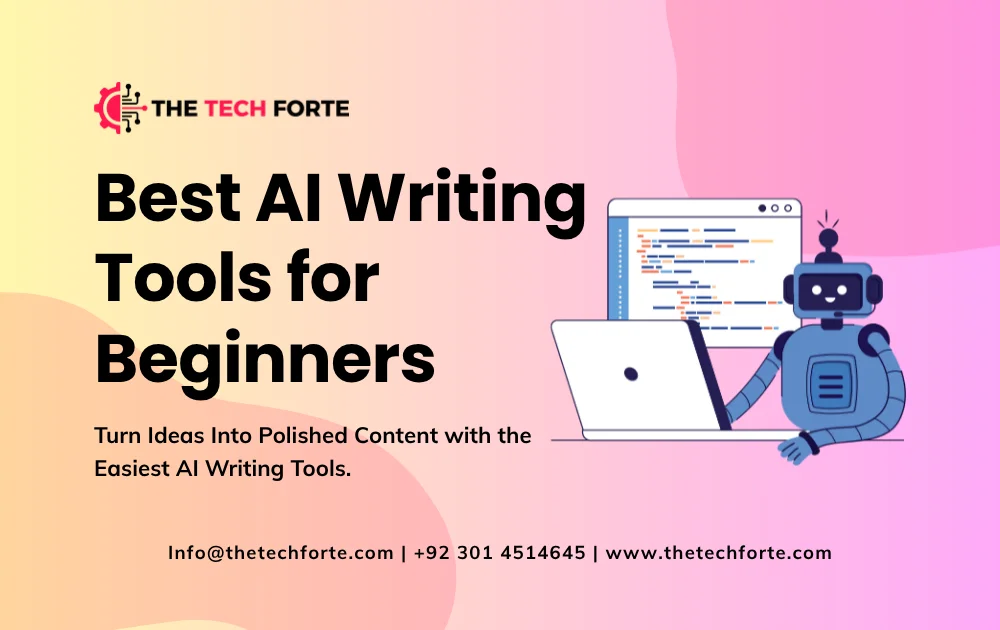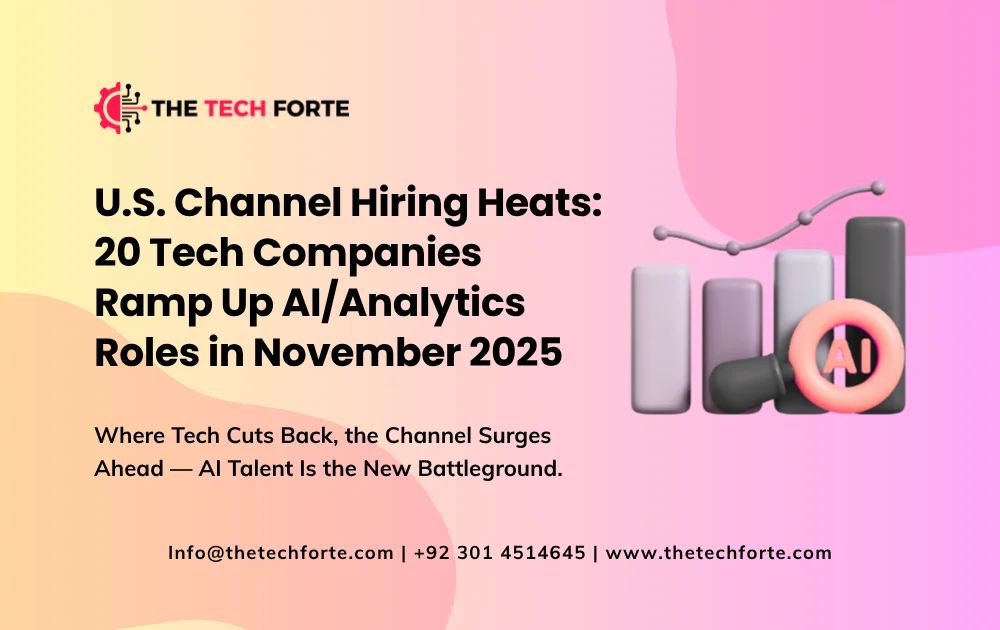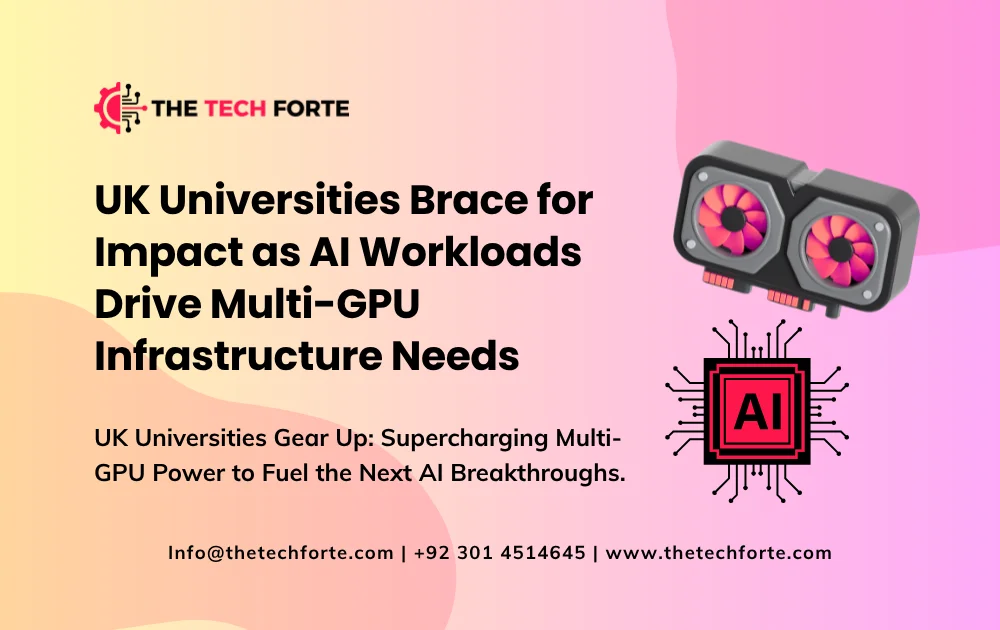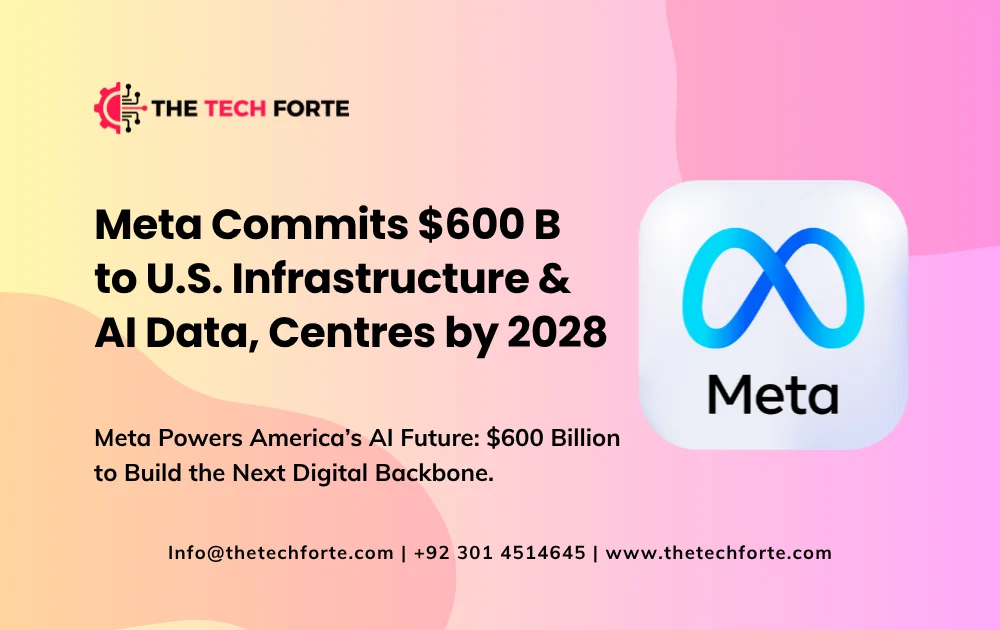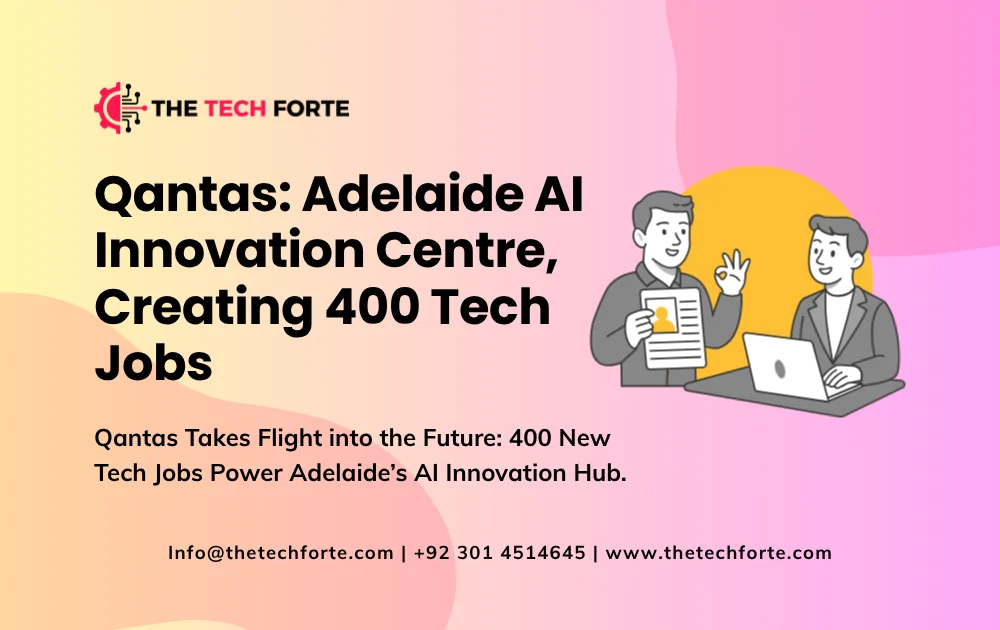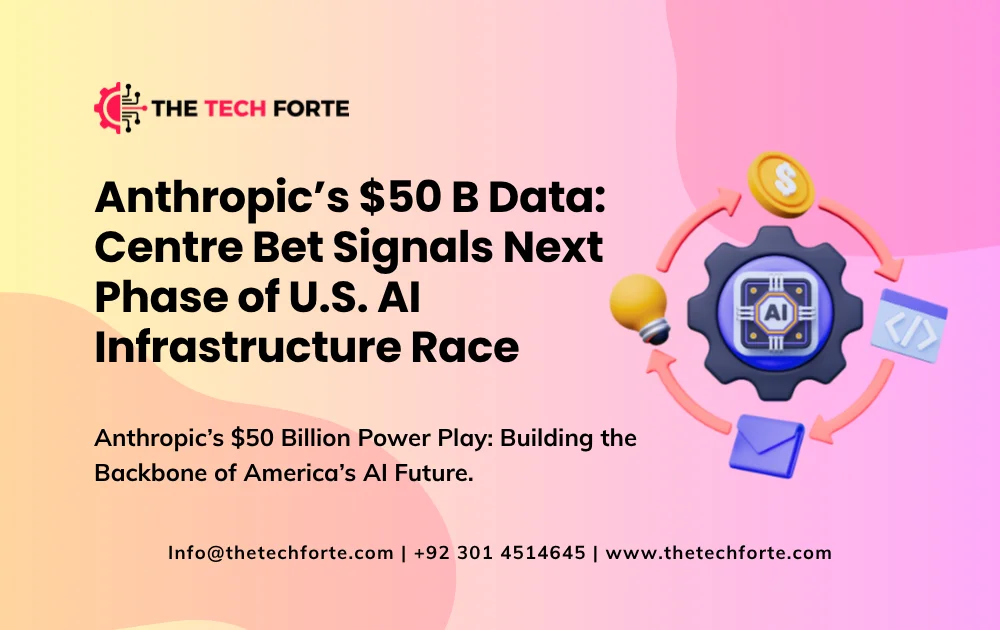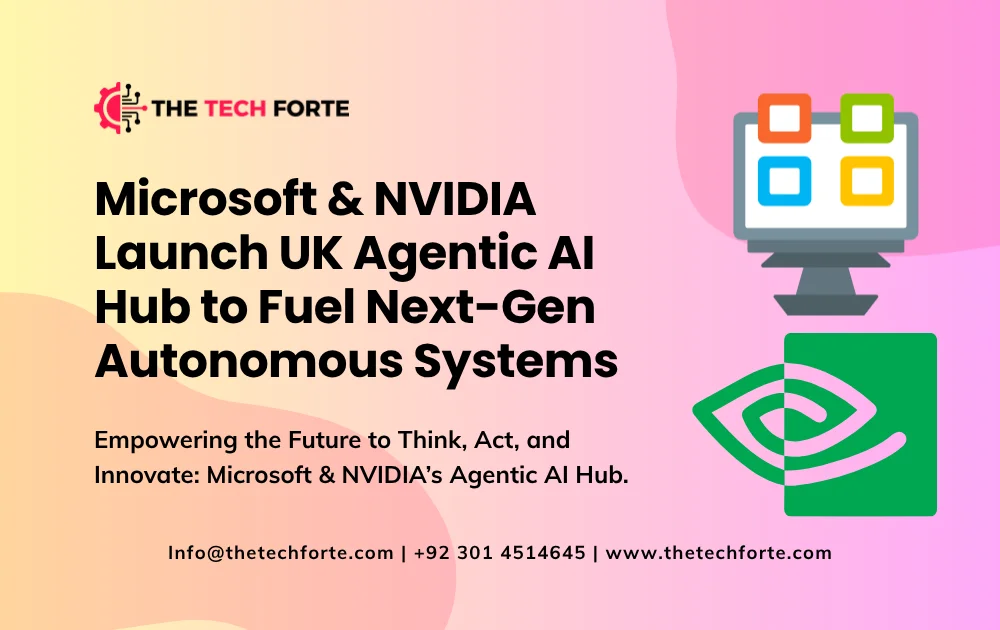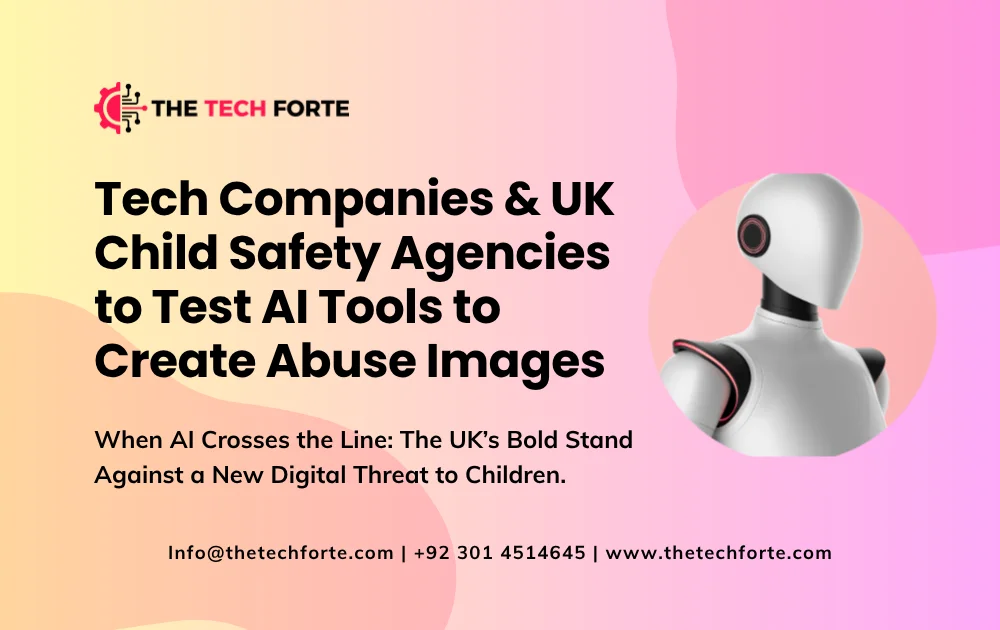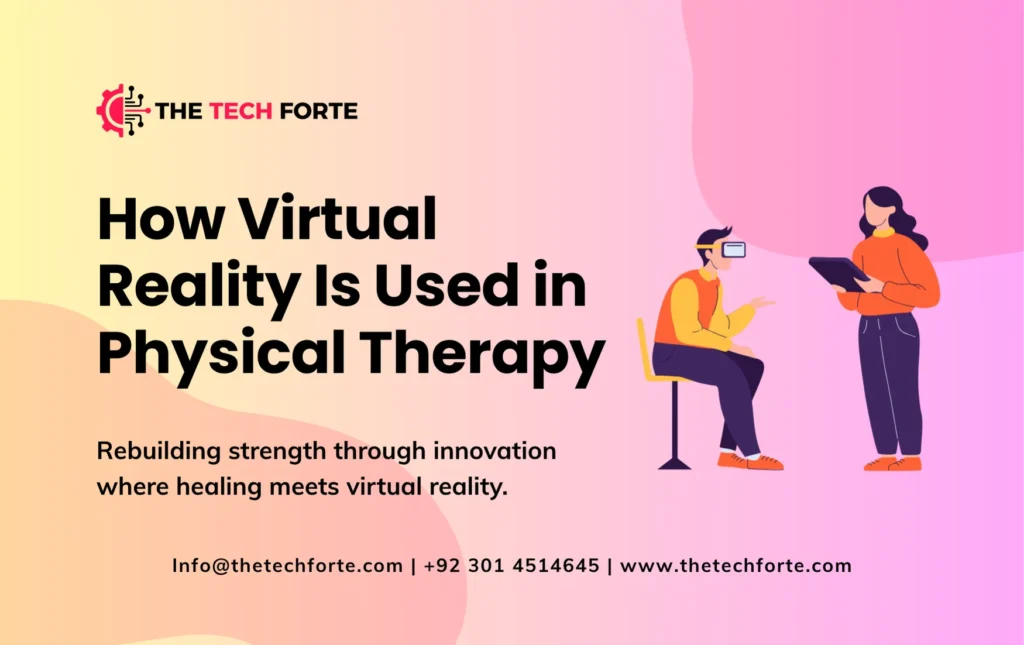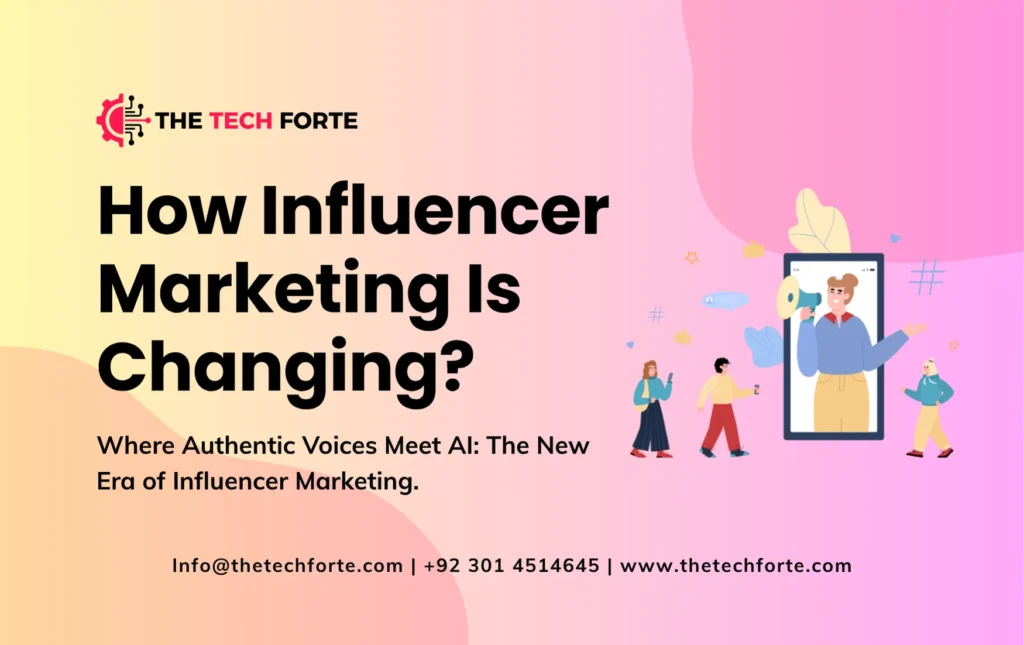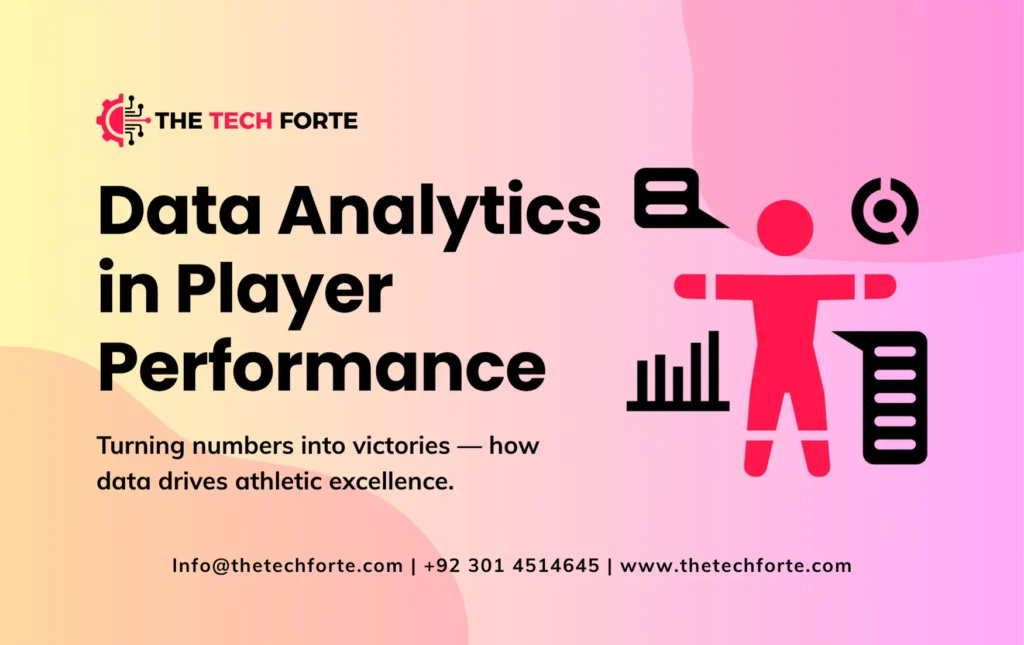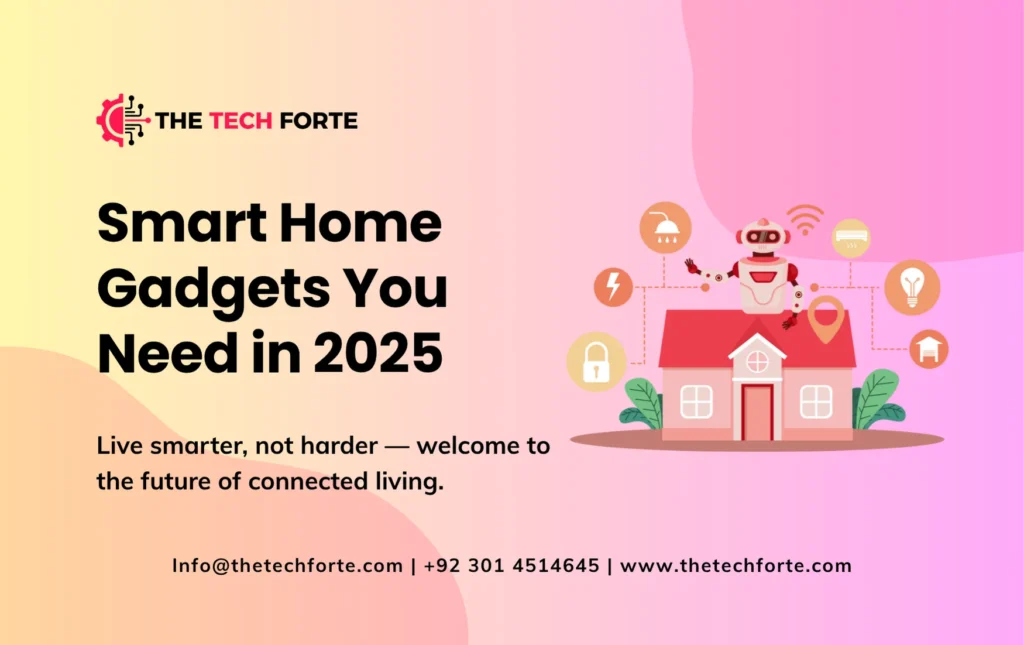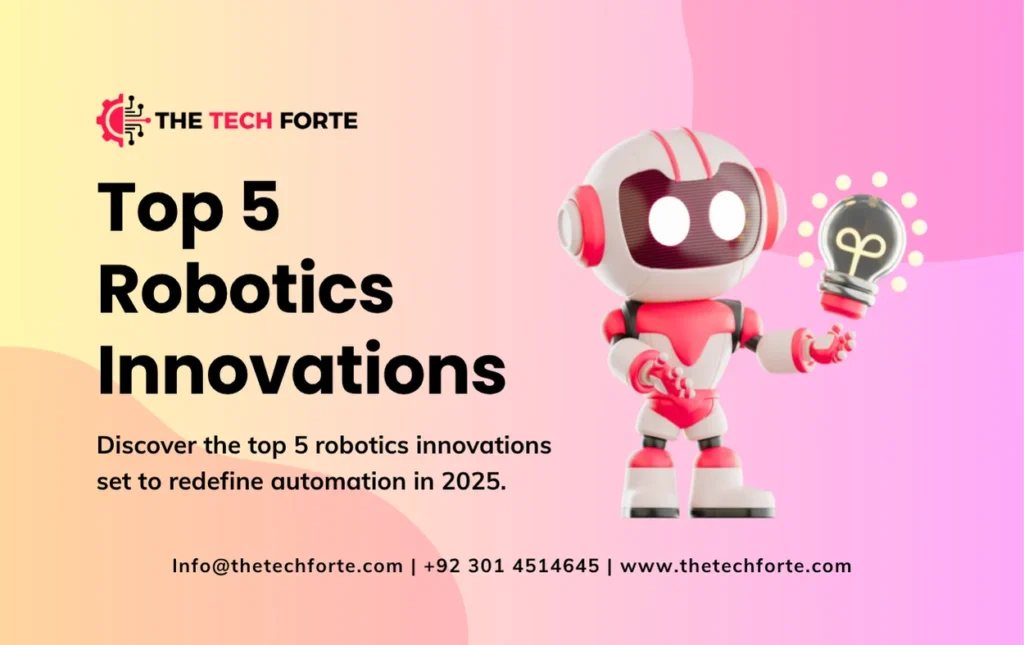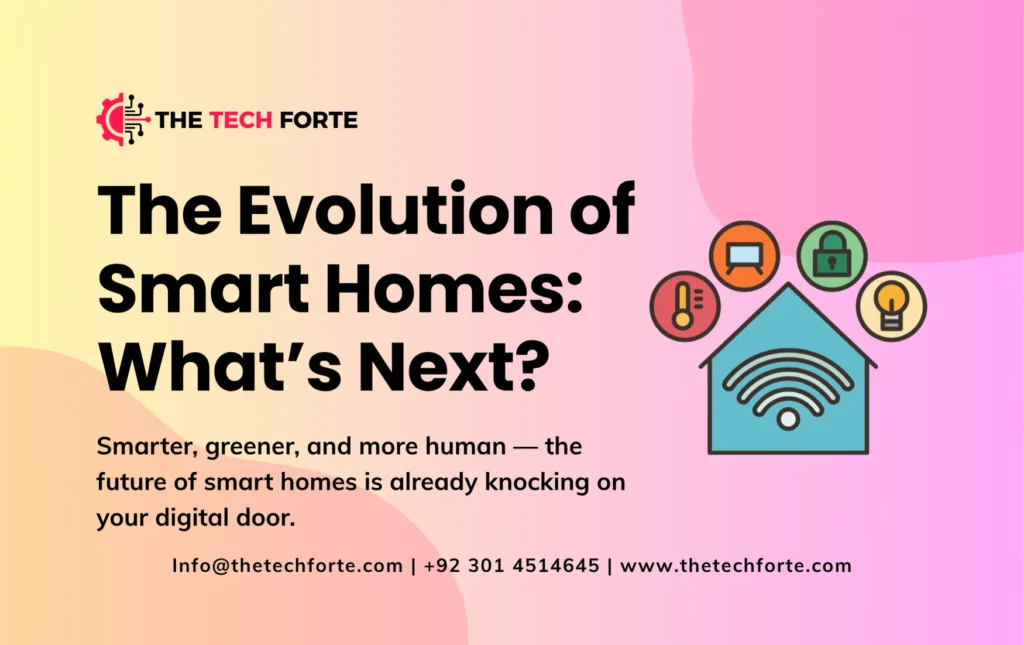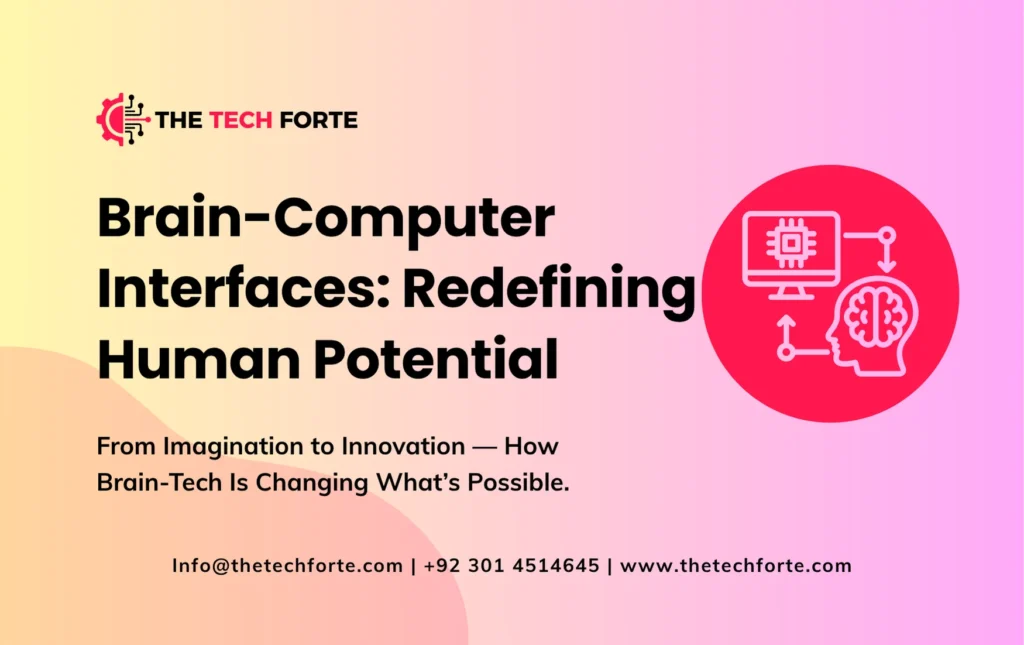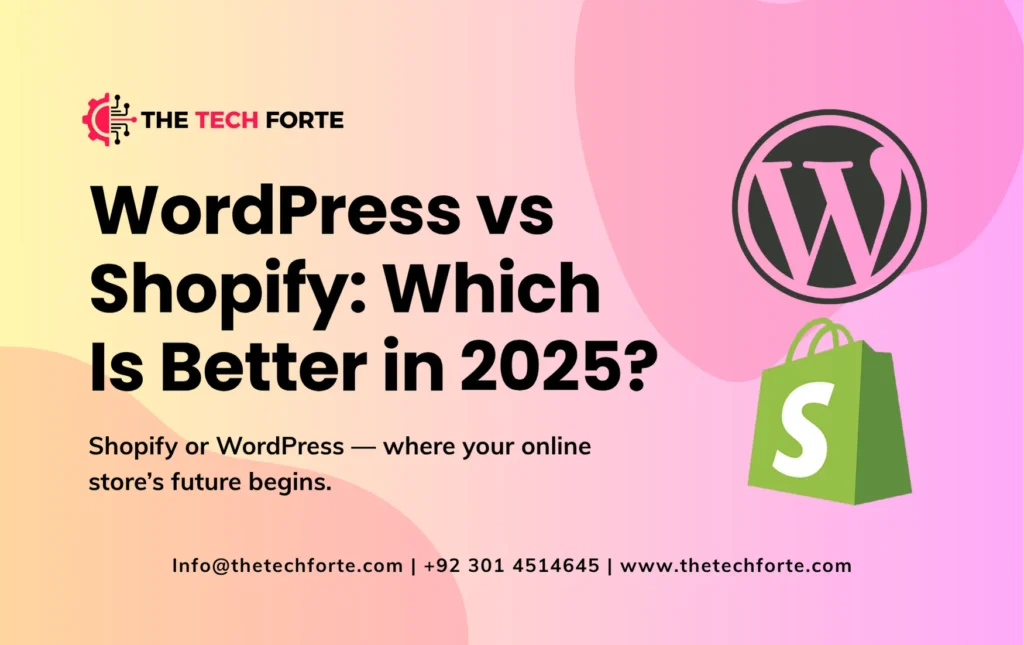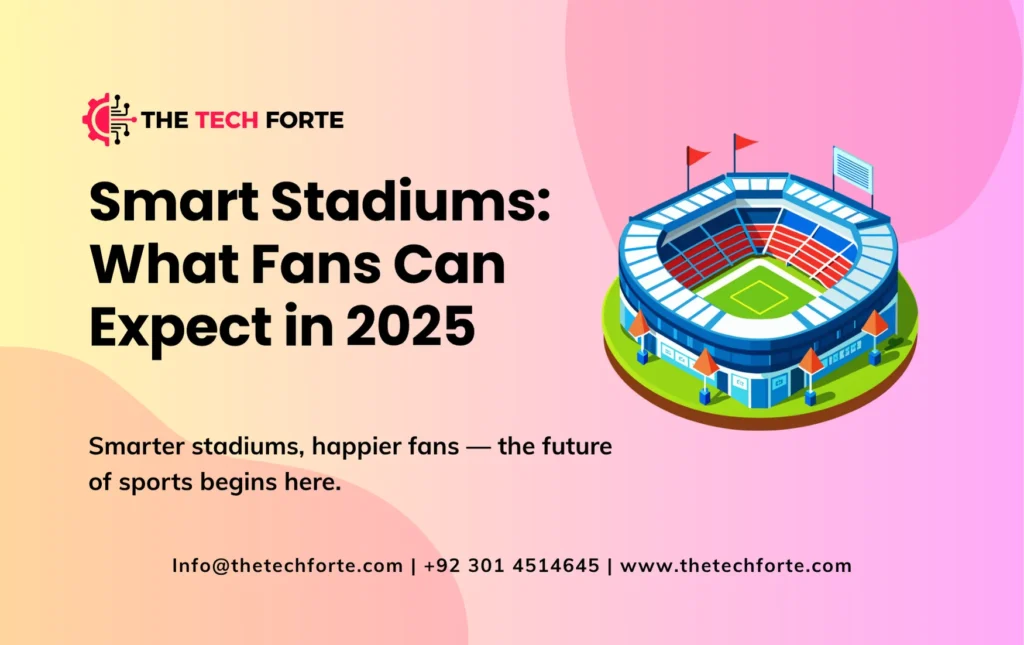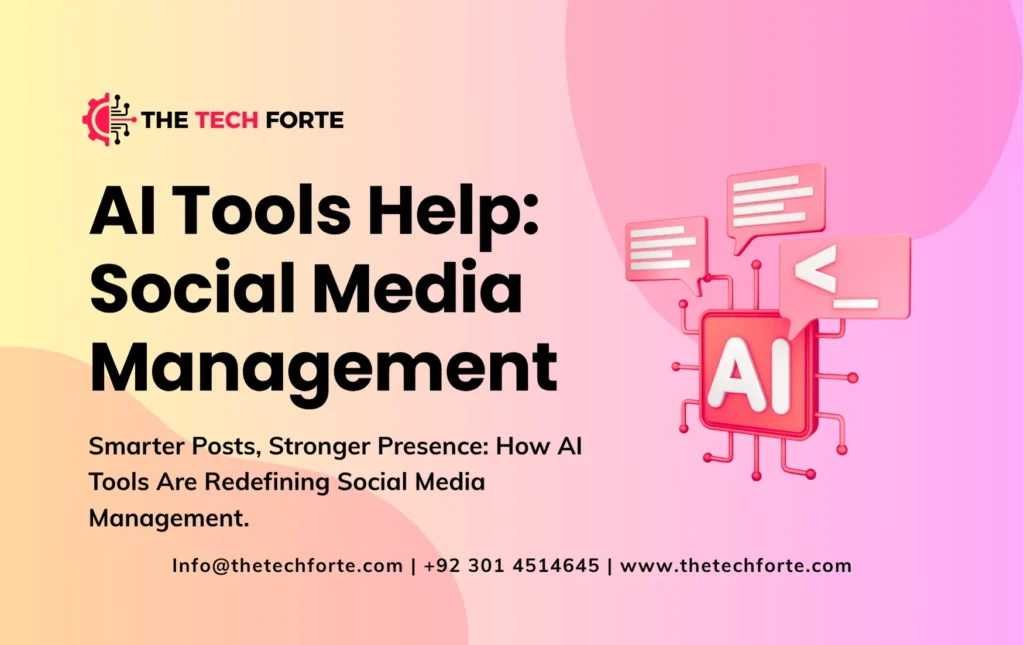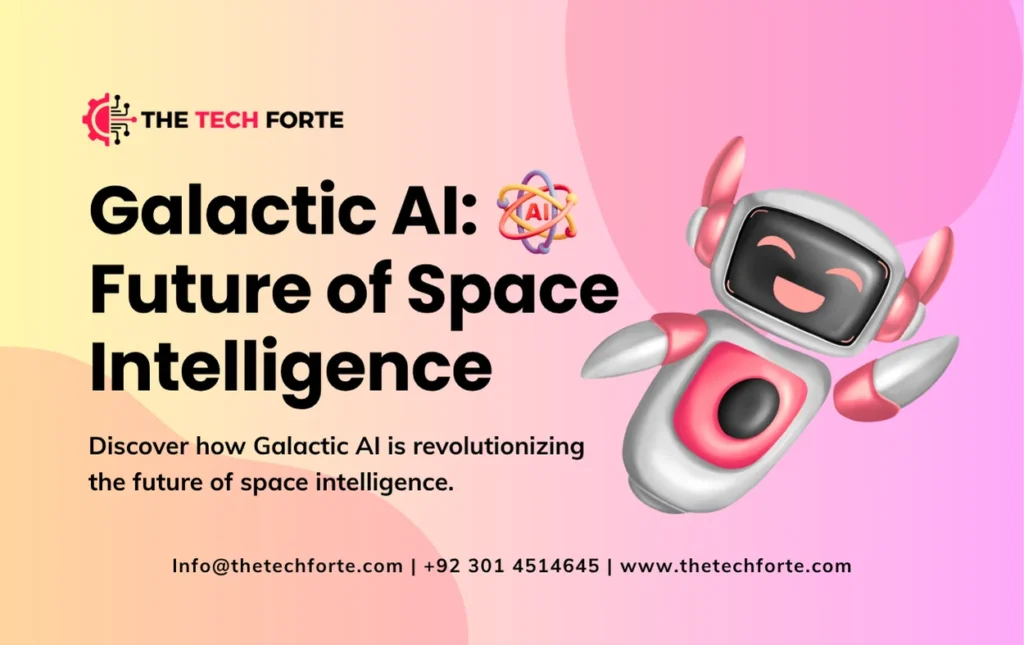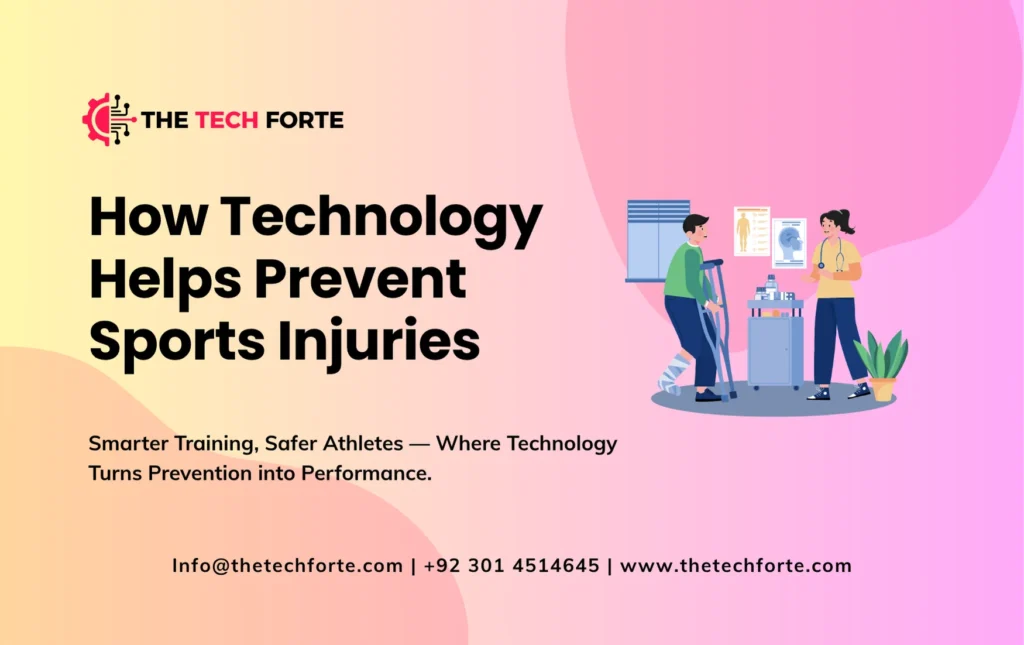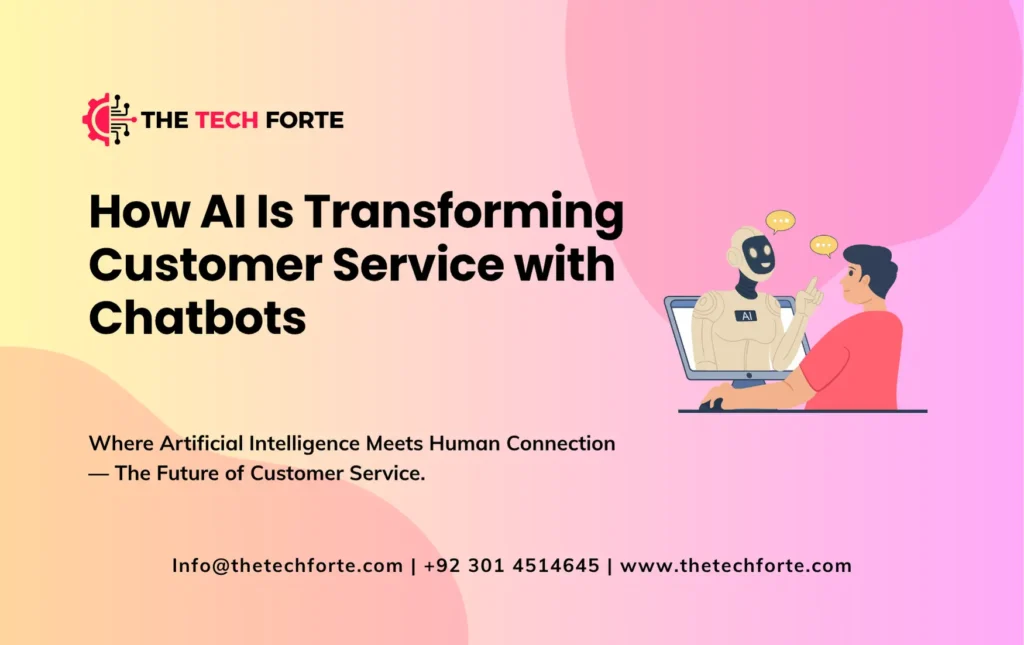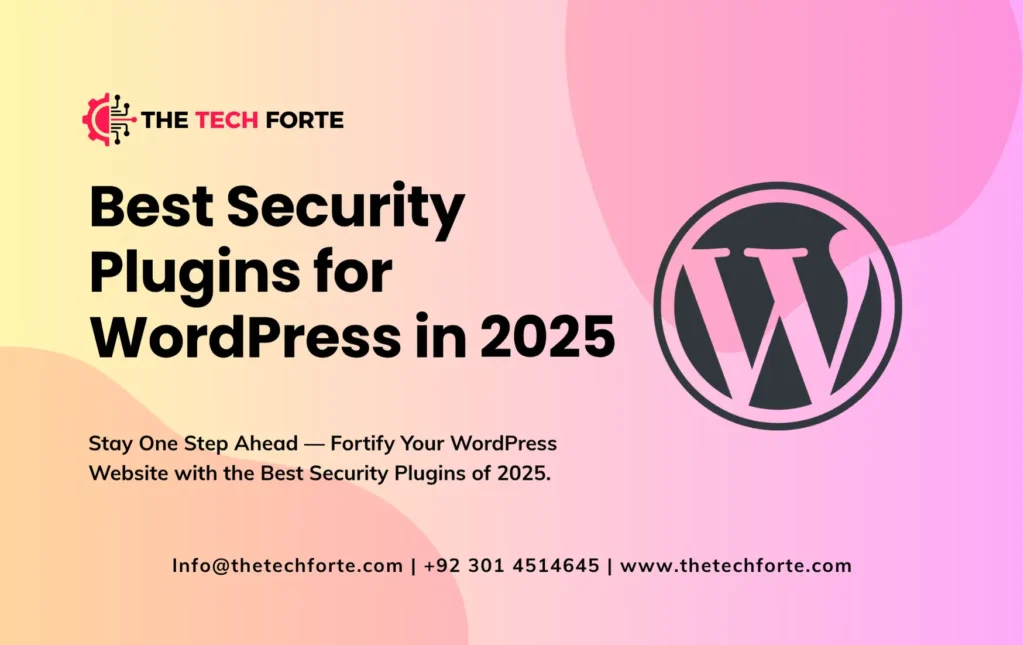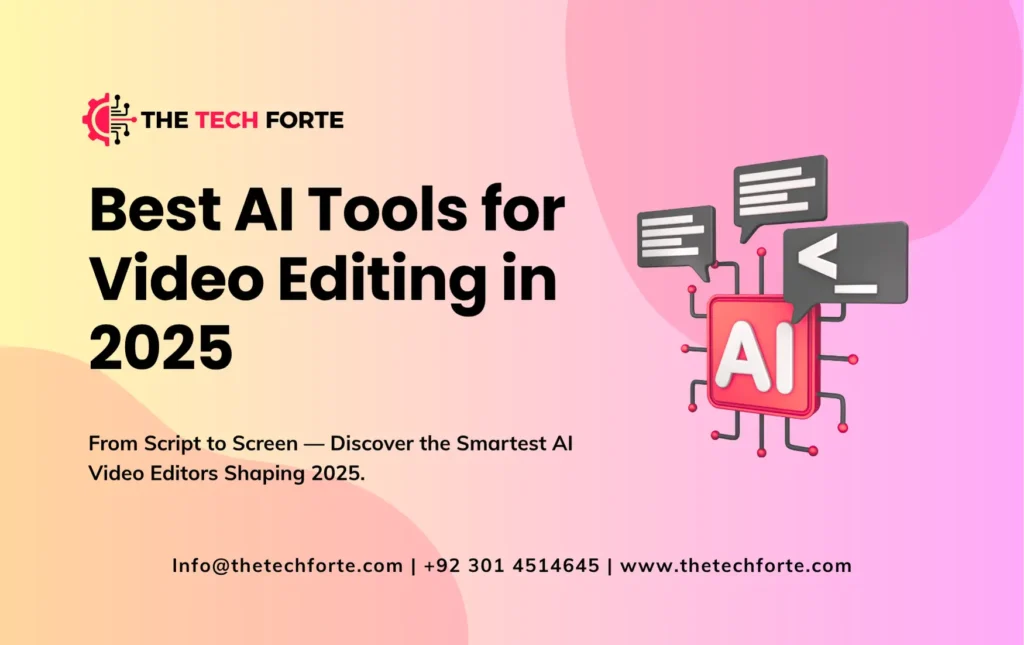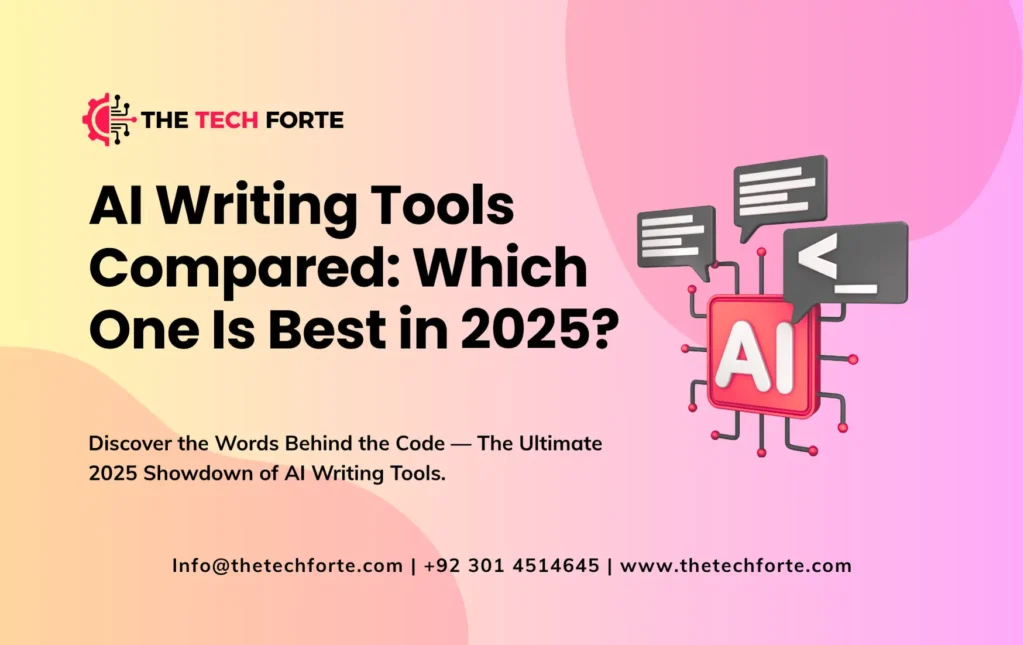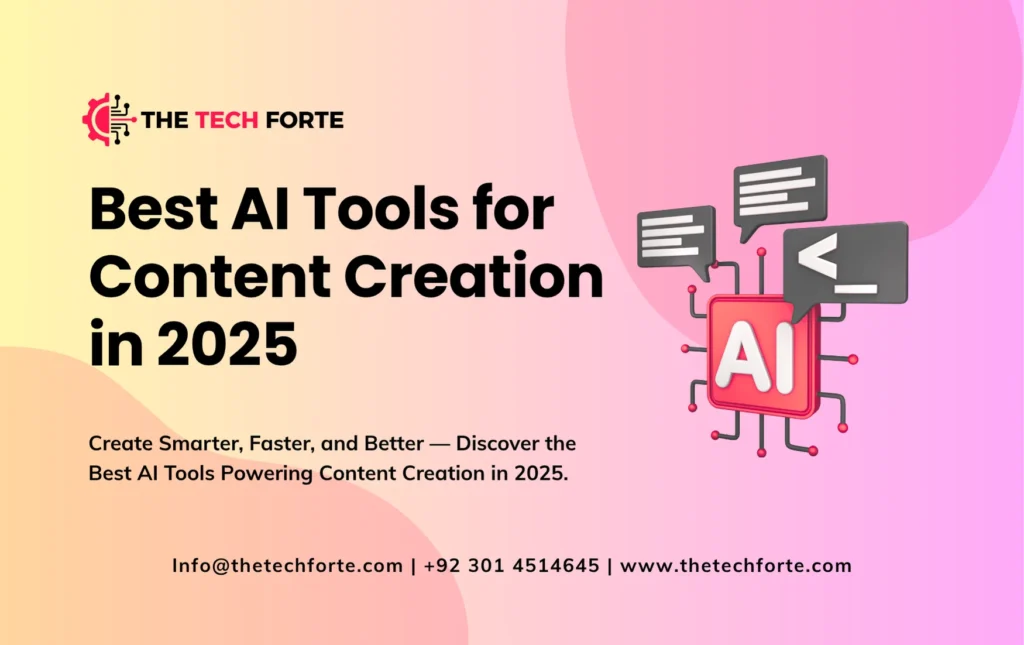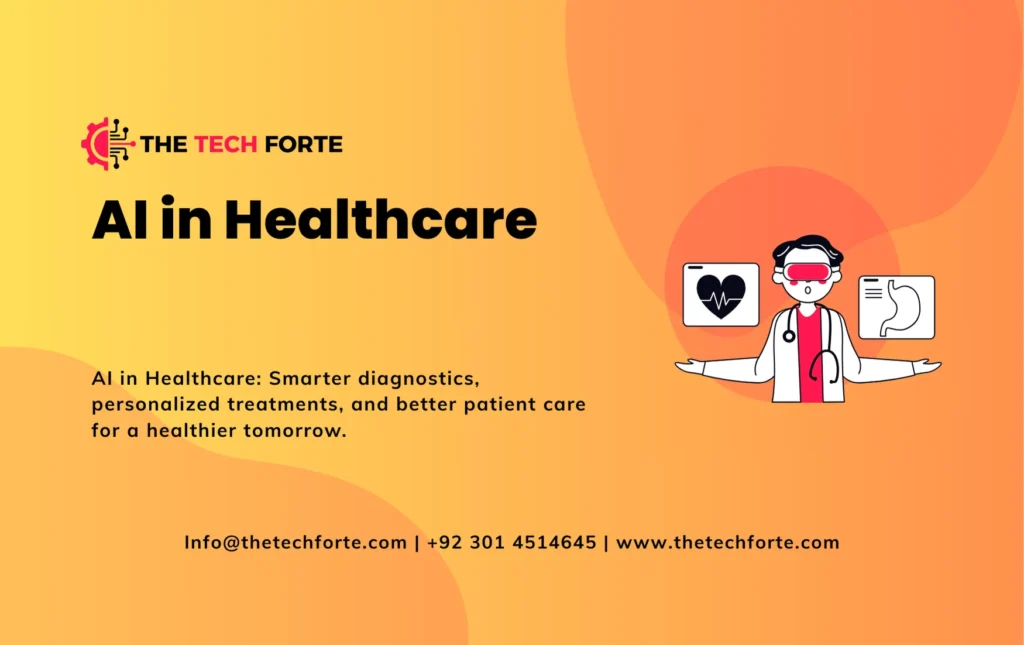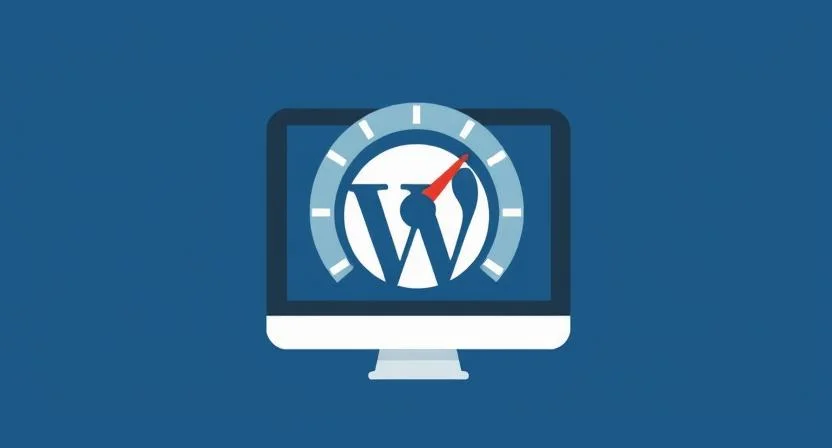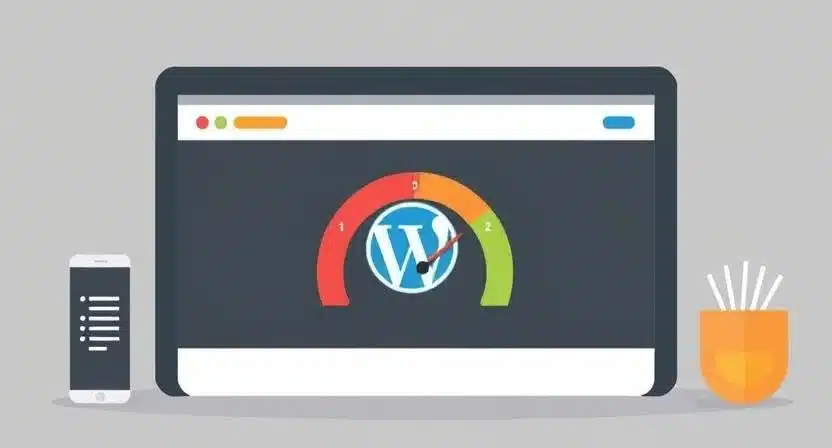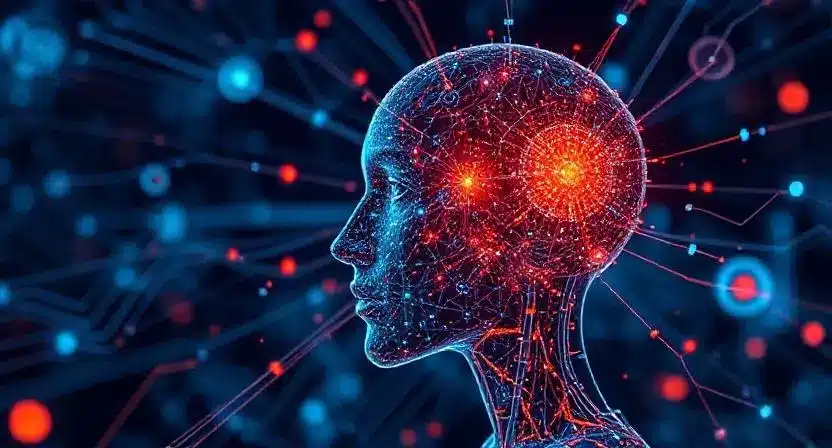The Future of Healthcare: AI Doctors and Smart Hospitals
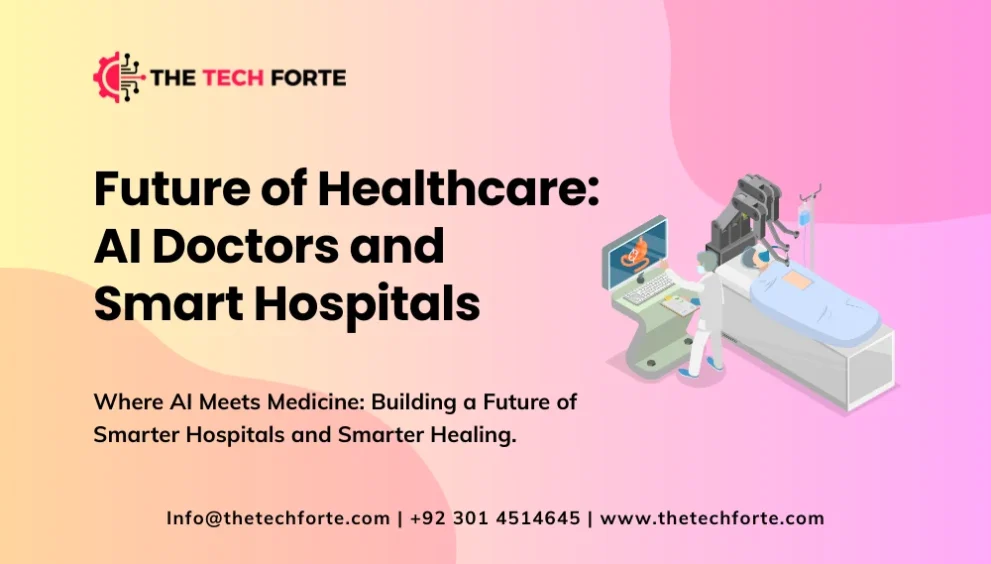
Healthcare is on the cusp of one of the biggest transformations since the invention of antibiotics, driven not by new pills, but by data, sensors, AI, and digital infrastructure. As we move toward 2025 and beyond, the concept of “smart hospitals” and “AI-powered care” is rapidly shifting from promising pilot projects to mainstream reality.
This transformation affects every facet of medicine, from diagnostics and surgery to patient monitoring, hospital operations, billing, telemedicine, and even global public health. In this article, we explore what the future of healthcare looks like with AI, how hospitals are becoming smart institutions, what real-world benefits are already emerging, what challenges remain, and how stakeholders, clinicians, administrators, regulators, and patients should prepare.
What Does “Smart Hospital” & “AI Doctor” Mean? A Practical Definition
Before diving into benefits and use cases, it’s important to define what we mean by “smart hospital,” “AI doctor,” and “future of healthcare technology.”
- A smart hospital integrates AI, IoT (Internet of Things), digital workflows, and data-driven operations to manage clinical care, patient flow, resource management, documentation, diagnostics, and even facilities (rooms, equipment, energy) in a connected, optimized manner. Systems inside a smart hospital collect and analyze vast amounts of data from vital signs, imaging, EHRs (electronic health records), supply chain logs, scheduling systems, wearables, and devices to make or support decisions in real time.
- An “AI doctor/assistant/agent” refers to software or systems that support or automate aspects of clinical care: diagnostic imaging analysis, pathology slide review, triage, virtual consultations, documentation, decision support, predictive analytics, remote monitoring, patient communications, and sometimes robotic-assisted interventions. Importantly, in 2025, these tools are meant to assist clinicians, not fully replace them (though some robotics and automation are advancing fast).
- When we refer to the “future of healthcare” or “future of the healthcare industry,” we mean the trajectory shaped by these technologies, more efficient care delivery, prevention, personalization, accessibility, and systemic resilience.
Smart hospitals + AI doctors together define the future of healthcare technology by 2025 and beyond.
Core Roles of AI in 2025 Healthcare Where It Already Matters
The future is already here for many hospitals and healthcare systems. The following are core domains where AI is being applied, delivering measurable impact.
Diagnostics & Medical Imaging Faster, More Accurate, Earlier Detection
One of the most mature and impactful uses of AI in healthcare is AI-assisted diagnostics and imaging. In smart hospitals worldwide, AI tools analyze X-rays, CT scans, MRIs, pathology slides, and other imaging modalities, often spotting anomalies that human eyes might miss or catching them earlier.
- AI can reduce diagnostic errors significantly, particularly in radiology and pathology.
- In 2025, many hospitals have adopted AI-enabled imaging pipelines: algorithms prioritize urgent cases, triage findings, and dispatch results to radiologists, greatly reducing turnaround time.
- Beyond detection, generative-AI and ML models help analyze complex imaging + patient history + lab data, enabling predictive diagnosis, anticipating disease before symptoms escalate.
This capability transforms medical imaging from a passive snapshot to an active diagnostic asset, enabling earlier intervention, better outcomes, and lower cost per diagnosis.
Clinical Decision Support & Predictive Analytics Personalized and Preventive Care
AI’s ability to quickly process massive patient data records, labs, vitals, imaging, genomics, and lifestyle makes predictive analytics and decision support a game-changer:
- Hospitals now use AI to identify patients at high risk of complications (e.g., sepsis, readmission, chronic disease flare-ups), enabling pre-emptive care and better resource allocation.
- Virtual assistants and AI-powered triage bots help patients pre-screen symptoms, gather histories, and decide whether they need in-person care or telehealth, expanding access and reducing unnecessary visits.
- For patients with chronic diseases, AI monitors data from wearables, home-care devices, and remote sensors, allowing continuous monitoring, timely intervention, personalized treatment adjustments, and preventive care.
In effect, AI shifts healthcare from reactive (treat when sick) to proactive and preventive, a vital shift for ageing populations and chronic-disease burdens globally.
Telehealth, Remote Monitoring & Virtual Care Healthcare Beyond the Hospital Walls
One of the most visible transformations in the future of healthcare in America and globally is expanded telehealth and remote care. AI plays a central role here:
- AI-driven platforms integrate with EHRs and wearables to enable remote triage, follow-up, chronic disease management, and virtual consultations. These platforms reduce the burden on hospitals and improve access, especially in rural or underserved areas.
- Virtual care assistants and chatbots provide 24/7 patient support: scheduling, reminders, symptom checking, follow-up, reducing administrative load, and freeing clinicians to focus on care.
- Remote monitoring reduces hospital admissions: AI-enabled sensors or wearables detect early signs of deterioration in chronic patients, enabling outpatient interventions and continuous care.
Telehealth + AI is especially important in a post-pandemic world, helping healthcare systems scale, improve access, and manage cost while delivering quality care, a core component of the future of healthcare by 2025.
Operational Efficiency, Revenue Cycle & Administrative Automation
Healthcare is as much about administration scheduling, billing, documentation, claims, and supply chain as it is about care. AI is transforming these back-office functions, resulting in major efficiency gains:
- In 2025, many hospitals are using AI in revenue cycle management, reducing billing errors, automating claims processing, and cutting down on administrative overhead.
- AI-driven resource planning helps optimize staffing, equipment use, bed allocation, supply inventory, and scheduling, reducing overtime, equipment downtime, and supply waste.
- Generative-AI tools are used for clinical documentation: auto-transcribing doctor-patient interactions, auto-populating clinical notes, generating referral letters saving clinicians multiple hours per day, and letting them focus on patients.
As a result, smart hospitals deliver better care with fewer resources, reducing cost per patient / per operation an essential feature for sustainable healthcare systems. This operational automation is a major facet of the future of healthcare revenue cycle management.
Robotic and AI-Assisted Surgery, Smart ICU & Digital-Twin Patient Models
Beyond diagnostics and administration, AI is making inroads into surgical suites, ICUs, and critical-care workflows again extending the boundaries of traditional medicine:
- AI-assisted robotic surgeries improve precision, reduce human error, and allow minimally invasive procedures with faster recovery times.
- Smart ICUs connected monitors, real-time data feeds, predictive analytics to anticipate emergencies, optimize ventilator use, and manage staffing are being piloted or deployed in advanced hospitals.
- Emerging research shows AI systems combining multimodal data (imaging, genomics, vitals) to build “digital twins” of patients, virtual simulations that help physicians predict disease progression, test treatment plans, and personalize care.
These advances hint at a future where high-stakes procedures, intensive monitoring, and critical care rely heavily on intelligent automation, improving safety, outcomes, and scalability.
Why 2025 is a Turning Point: Technology, Economics & Policy Align
AI in healthcare has been discussed for decades, but several converging trends make 2025 pivotal:
AI maturity and regulatory readiness
AI algorithms for diagnostics, imaging, and EHR-derived decision support are now mature enough for clinical use. Many have received regulatory clearances or are operating under pilot protocols. Hospitals that adopt them early gain advantages in speed, cost, and outcome quality.
Infrastructure boom: IoT, edge computing & data platforms
Recent research on smart hospitals shows edge computing + IoT networks are essential: real-time sensor data, low latency requirements, and sensitive healthcare workloads demand an architecture that blends cloud, edge, and on-premise storage.
With better infrastructure, hospitals can deploy fleet-wide AI systems for monitoring, scheduling, and diagnostics in ways previously only possible in top-tier academic centers.
Economic pressure & resource constraints
Globally, healthcare systems face rising costs, ageing populations, staffing shortages, and chronic disease burdens. AI-driven efficiency, automation, and preventive care are no longer optional; they’re necessary to sustain quality care at scale. Many hospitals in 2025 are turning to AI to stabilize operations, reduce costs, and increase throughput.
Digital health, telemedicine & patient expectations
Post-COVID, patients and providers alike expect care to be accessible, remote, integrated, and data-driven. Wearables, home monitoring, virtual visits, and AI-powered triage are now mainstream. The future of healthcare in the United States and globally incorporates hybrid physical-digital delivery.
Measurable Benefits & Early Evidence
What does all this actually deliver? Real-world hospitals and studies are already reporting significant improvements.
Diagnostic accuracy & speed
AI-assisted imaging and diagnostics reduce error rates, catch subtle anomalies early, and increase throughput. Many institutions report faster turnaround and more reliable radiology/pathology results.
Operational cost savings & efficiency
By automating administrative tasks, optimizing staff scheduling, and reducing unnecessary tests or procedures, smart hospitals see lower per-patient costs, reduced overheads, and better resource utilization.
Increased access and scalability
Telehealth + AI lowers barriers for rural or underserved populations. Remote monitoring and virtual triage mean care can scale without requiring physical infrastructure everywhere.
Improved patient experience, engagement & outcomes
AI chatbots, virtual assistants, scheduling bots, and predictive notifications reduce wait times, improve adherence, simplify interactions, and enhance overall patient satisfaction.
Reduced clinician workload & burnout
Generative AI documentation tools, automated coding, and smarter workflows cut down manual tasks, giving clinicians more time for patient care and less paperwork. Studies show significant time savings per shift.
Challenges, Risks & Ethical Considerations: What We Must Guard Against
Despite tremendous promise, integrating AI and building smart hospitals is not without critical challenges and risks.
Data privacy, security & governance
Patient data is sensitive. Aggregating vast health records, imaging data, IoT feeds, and wearable data demands rigorous governance, encryption, access controls, consent management, and compliance with regulations (HIPAA, GDPR, local laws). Poor governance or breaches undermine trust and can have dire legal consequences. Smart hospital architectures must build in privacy and data lineage from day one.
Clinical reliability, validation & liability
AI diagnostic or decision-support tools must be rigorously validated and tested false positives or negatives carry real risk. Reliance on AI should not bypass critical human judgment. Ethical frameworks must clarify responsibility: if an AI system errs, who is liable, the hospital, the software vendor, or the clinician? Some deployments (e.g., pathology AI) already raise these questions.
Inequality and access disparities
Advanced hospitals in wealthy regions may adopt smart-hospital models, but under-resourced regions risk being left further behind, widening global health inequality. Also, patients lacking access to wearables, stable internet, or digital literacy could be excluded from AI-powered remote care models.
Cost, infrastructure, and maintenance burden
Deploying and maintaining IoT networks, edge/ cloud infrastructure, AI pipelines, continuous model retraining, and sensor upkeep all require significant investment. Many mid-size or small hospitals may struggle to fund this or run into technical debt.
Algorithmic bias & transparency
AI models trained on biased or unrepresentative datasets may underperform for certain populations (by age, ethnicity, or gender). Transparency and explainability, especially in critical care or diagnostics, are necessary to build trust and ensure equity.
What the Future Looks Like: 2026–2035 Visions of Smart, Connected, Predictive Healthcare
Based on current trajectories and research, here’s how we expect healthcare to evolve in the next 5–10 years:
Fully integrated smart-hospital ecosystems
Hospitals will operate as connected platforms: IoT sensors in rooms, wearable feeds, real-time vitals, AI triage, predictive analytics, dynamic bed & resource management, smart ICU, robotic-assisted surgeries, all connected via unified data platforms. Patients, clinicians, admin staff, and devices will be seamlessly linked.
Personalized and preventive care at scale
With advanced analytics and patient data (genomics, lifestyle, continuous monitoring from wearables), healthcare will become increasingly personalized. Rather than episodic treatment, patients will have AI health companions monitoring trends, predicting risks, optimizing treatments, shifting focus from sickness to wellness and prevention.
Hybrid care models: home, hospital, remote clinics
Telemedicine, remote monitoring, and virtual care will reduce pressure on brick-and-mortar hospitals. AI-enabled remote triage, virtual consultations, and digital therapeutics will make care accessible even in remote or underserved regions. The future of healthcare in America and globally will include hybrid care, part in-hospital, part at-home, part digital.
Smart revenue cycle, admin, and supply-chain management
AI will enable fully automated billing, claims processing, supply forecasting, procurement automation, dynamic staff scheduling, and continuous optimization of hospital operations improving financial sustainability for healthcare institutions.
Research acceleration, drug discovery & precision medicine
AI will dramatically speed up drug discovery and development by analyzing huge molecular and genomic datasets; personalized therapies and treatments tailored to genetic and lifestyle data will become more common. This reduces time-to-market for new therapies and improves treatment success rates.
What Stakeholders Must Do to Prepare A Roadmap for Action
For Hospitals & Health Systems
- Invest in scalable data infrastructure: edge + cloud + IoT + EHR integration.
- Build rigorous data governance, privacy, and security frameworks before deploying AI.
- Pilot AI in non-clinical areas first (administration, scheduling, billing) to gain quick ROI and build trust.
- Train medical and technical staff to work with AI-assisted workflows: medicine + data literacy + collaboration.
- Establish ethics committees for AI deployment, data use, and patient consent.
For Clinicians & Medical Staff
- Embrace AI as a tool, not a replacement. Use AI outputs as decision support, not definitive answers.
- Engage in validation, feedback loops, and quality assurance for AI systems.
- Improve digital literacy and participate in training on AI tools.
For Regulators & Policy Makers
- Update healthcare regulation frameworks to cover AI liability, transparency, consent, data sharing, and cross-institution interoperability.
- Provide incentives or subsidies for small and mid-size hospitals to adopt AI infrastructure to avoid a two-tier health system.
- Support public research and data sharing with strong privacy safeguards to accelerate AI benefits.
For Patients & Public
- Demand transparency, consent, and accountability when AI is used in care.
- Participating in health data programs (with safeguards), data sharing drives better research and outcomes.
- Recognize AI-enabled care (remote monitoring, telehealth, preventative alerts) as part of modern health services.
Conclusion: AI & Smart Hospitals Are Not Replacing Care, They’re Enhancing It
The future of healthcare lies not in replacing doctors, nurses, and human touch but in empowering practitioners and institutions with data, speed, predictive insight, and scalable care. Smart hospitals and AI-powered healthcare systems offer a path to:
- Faster, more accurate diagnostics
- More efficient and cost-effective operations
- Personalized, preventive, and accessible care
- Scalable telemedicine and chronic-care management
- Reduced clinician burnout and administrative overhead
But this future depends on responsible adoption: robust infrastructure, governance, training, regulation, transparency, and ethics. The stakes are high but so is the promise.
If done right, the next decade can usher in a global healthcare transformation: one where quality care is not limited by geography, staffing, or cost but powered by data, delivered by smart systems, and centered on human well-being.








